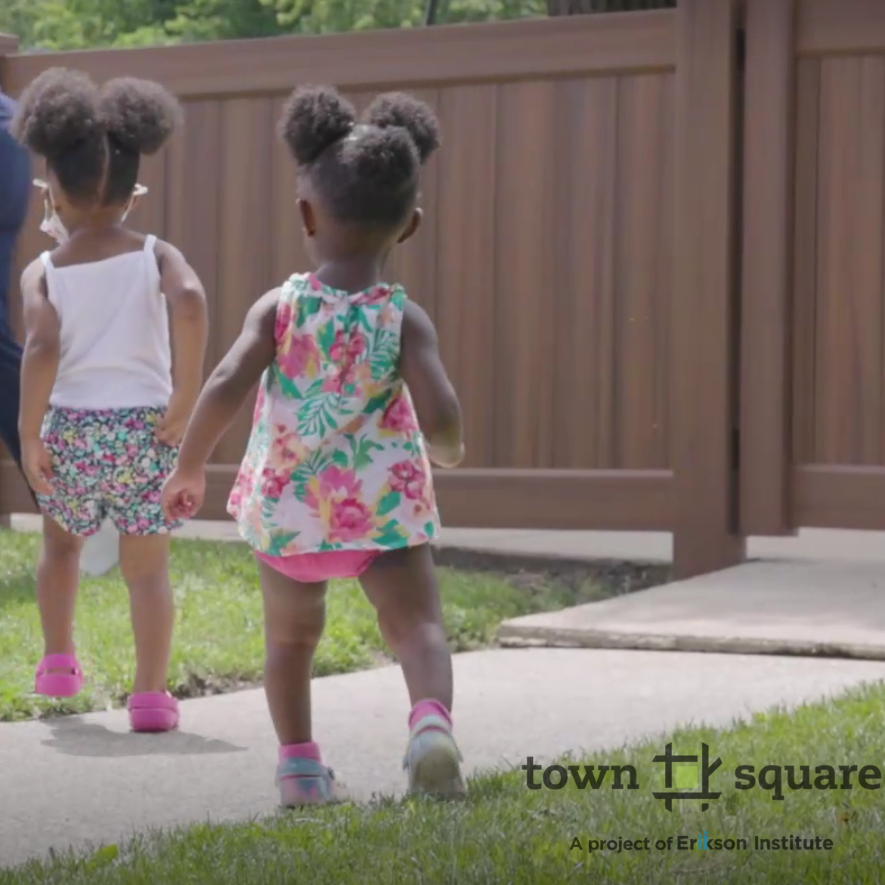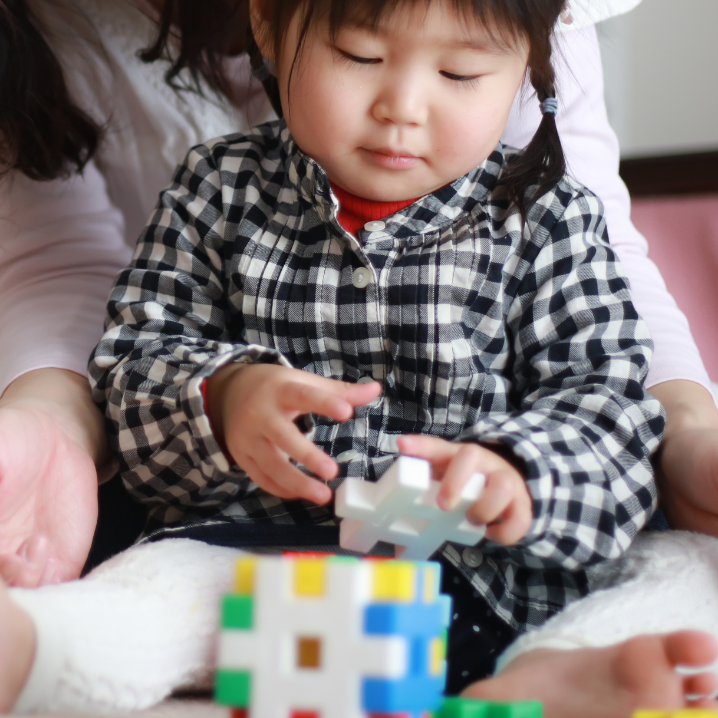Four-year-olds Catherine and Alex are playing “bad guys,” taking turns chasing each other around the yard and discussing their plans to “steal the treasure.” Three-year-old Juan Jose is a few feet away, watching and sometimes following the other children when the get too far away. When Teacher Danika asks Juan Jose if he’d like to join them, he tells her that he’s “just watching.” Teacher Danika is a little worried about his hesitance and makes a mental note to see if he joins in play later.
Dramatic play, creative play, parallel play, and more are familiar types of play that are discussed often in regard to young children. Onlooker play is less discussed. It is one of Parten’s stages of play, typically seen in two- to three-year-olds. Sometimes classified as a type of “non-social” play and therefore less discussed than parallel, associative, and cooperative play, onlooker play still has a strong social component. It is one way that young children learn how to engage with others.
Onlooker play doesn’t need to be silent; often onlooking players will talk to or mimic the actions of the people they’re observing. The distinction between onlooker and associative or cooperative play lies in the degree of participation. In onlooker play, children will visually follow and verbally engage but not pick up materials that relate to the game or look like they’re actively playing. In associative play, children will play with the same materials but not sharing ideas. Cooperative play will involve children talking, sharing materials and ideas, and building off of each other’s work.
When is it onlooker play, and when might it be something else?
Like all play, onlooker play is enjoyable. If a child is doing a lot of watching, but doesn’t really seem engaged or expressive, they might not really be participating in onlooker play but instead withdrawing for other reasons. If a child is watching others play and never initiating their own more active play, whether independently or with others, observe more.
Onlooker play behavior usually emerges around 2 1/2, but can happen in older children as well, especially when they are acclimating to a new environment. However, if a child is only engaging to the extent that onlooker play allows for days or weeks, it may be time to look into ways to support that child in entering social play.
How can educators support onlooker play?
The best way is to notice and allow it! Knowing that children may be playing in ways that don’t look like play to adults will help keep perspective that all play is valuable. Making space for onlooker play might mean doing less, not more.
Teacher Danika in the example above could be sure Juan Jose has plenty of space to watch Catherine and Alex, as well as opportunities to recreate their ideas on his own to process what he saw.



